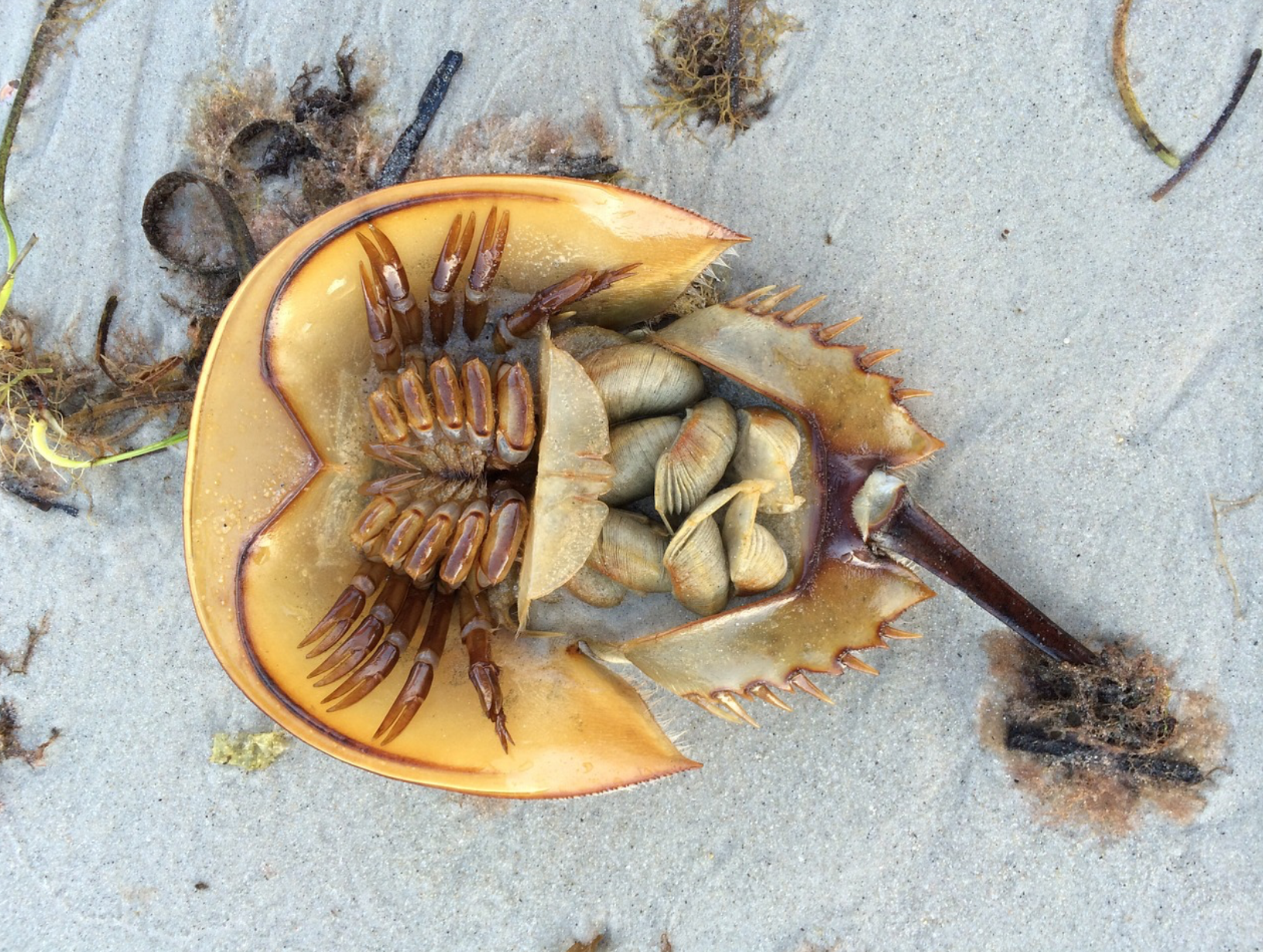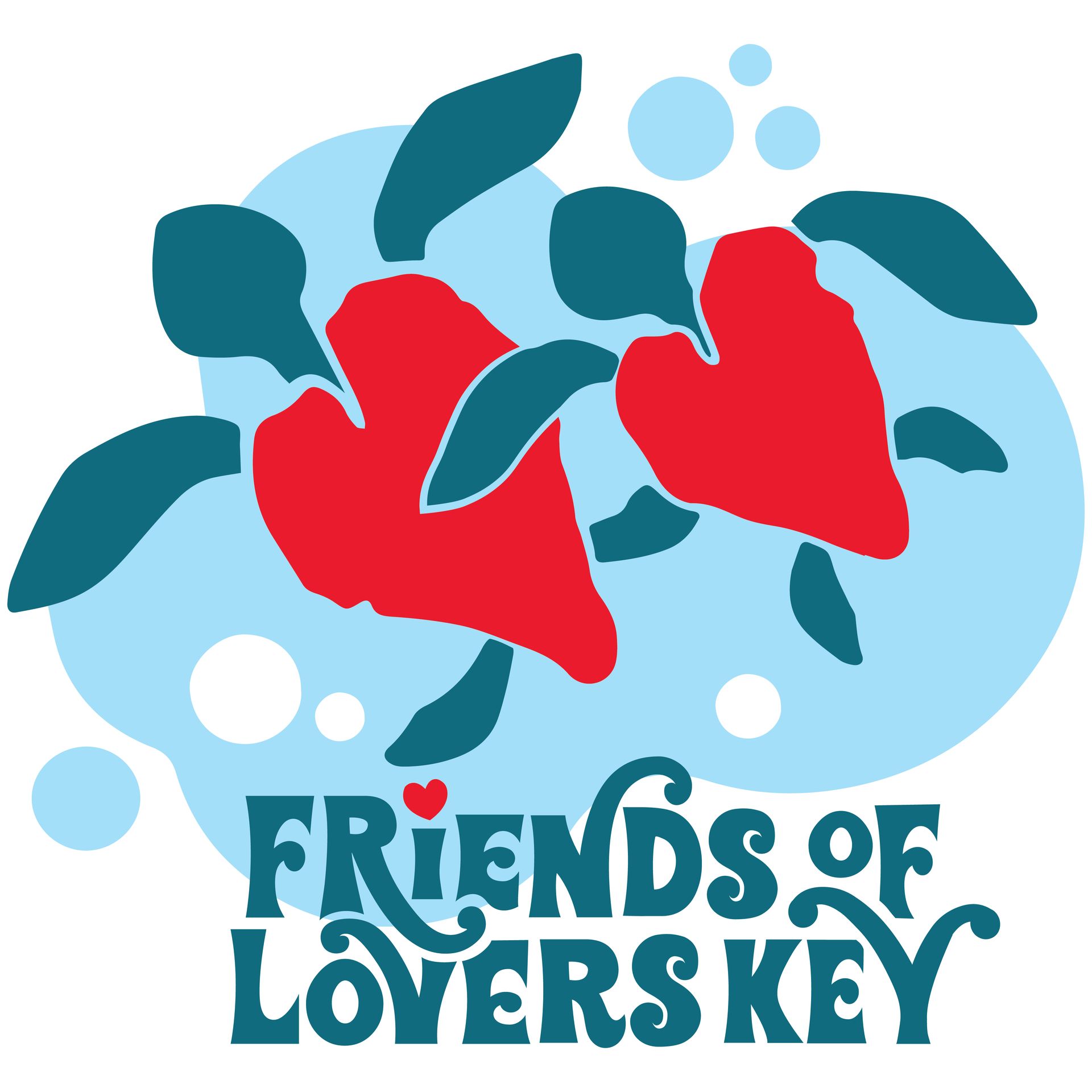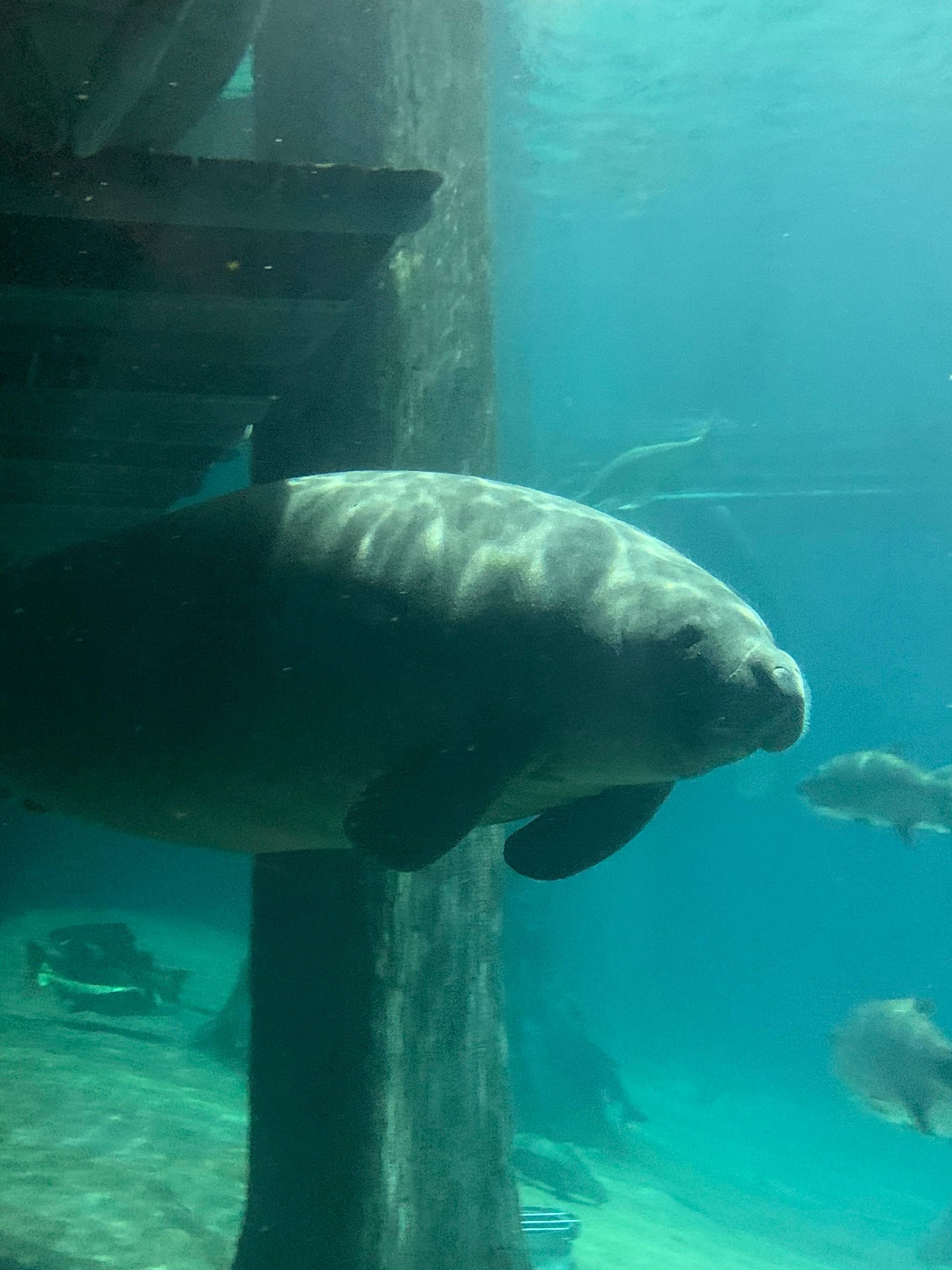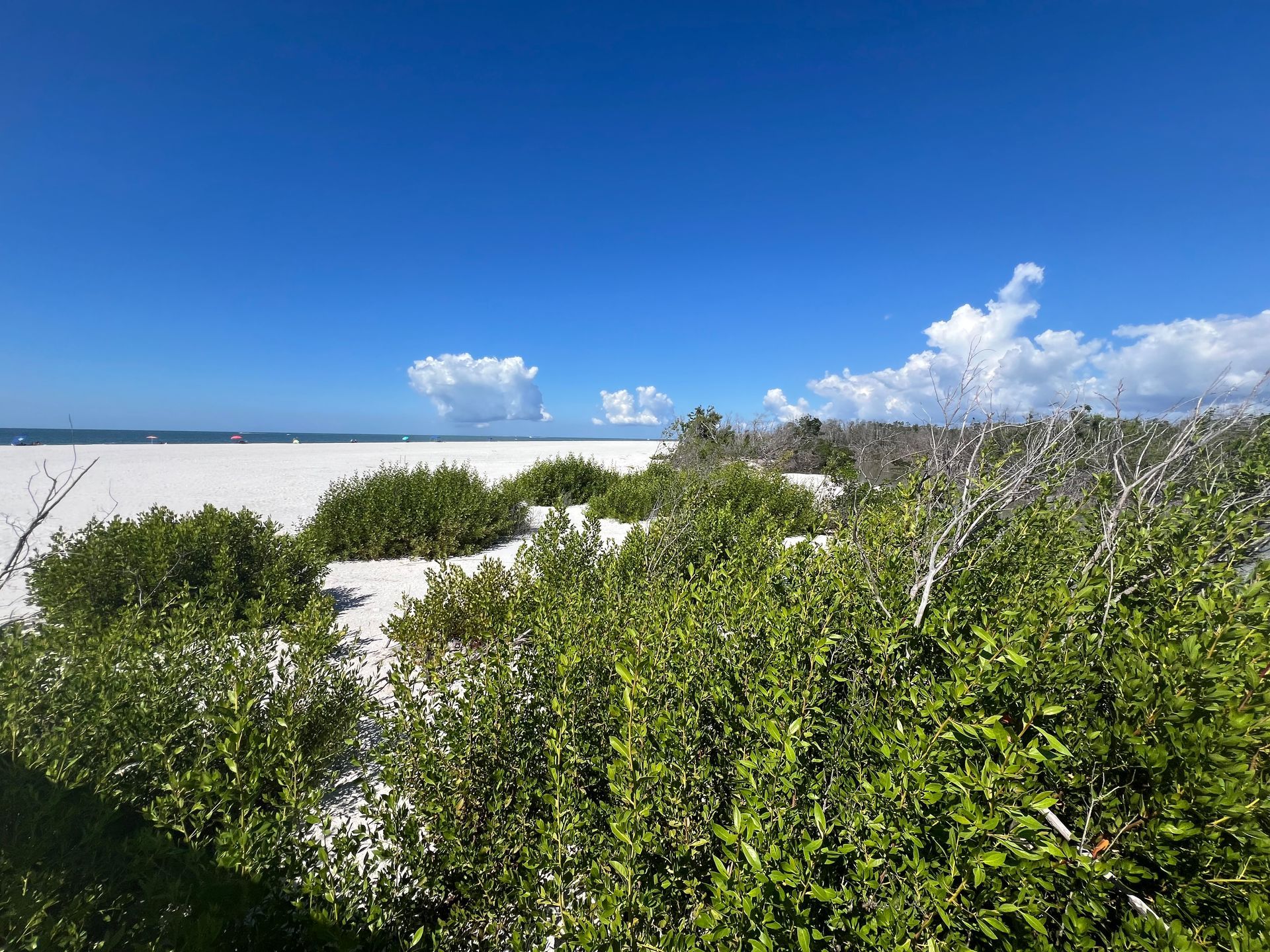The Incredible Importance of the Horseshoe Crab: Nature’s Ancient Guardian
If you’ve ever wandered along the shore near Lovers Key State Park and spotted a strange, helmet-shaped shell washed up on the sand, you’ve had a close encounter with one of the ocean’s oldest and most remarkable creatures — the horseshoe crab. Though its name might make you think it’s related to crabs or lobsters, this living fossil is actually more closely related to spiders and scorpions. And while it may look a bit like something from a science fiction movie, the horseshoe crab is one of nature’s greatest success stories — and one of the most important creatures in the sea.
A Living Fossil That Has Stood the Test of Time
The horseshoe crab has been on Earth for over 450 million years — long before the dinosaurs appeared and hundreds of millions of years before humans walked the planet. That makes it one of the oldest surviving species on Earth. Over all that time, its body design has barely changed. Clearly, evolution got it right the first time.
The hard, curved shell protects it from predators, while its long, pointed tail — called a telson — helps it flip over if it gets stuck upside down. Despite their slightly intimidating appearance, horseshoe crabs are completely harmless. They don’t sting, bite, or pinch. Instead, they quietly roam the shallow ocean floor, feeding on clams, worms, and other small organisms.
Here in Southwest Florida, they’re a familiar but often overlooked part of our coastal ecosystem. Every spring, these ancient creatures crawl ashore during high tides to spawn and lay eggs, continuing a cycle that has endured for nearly half a billion years.
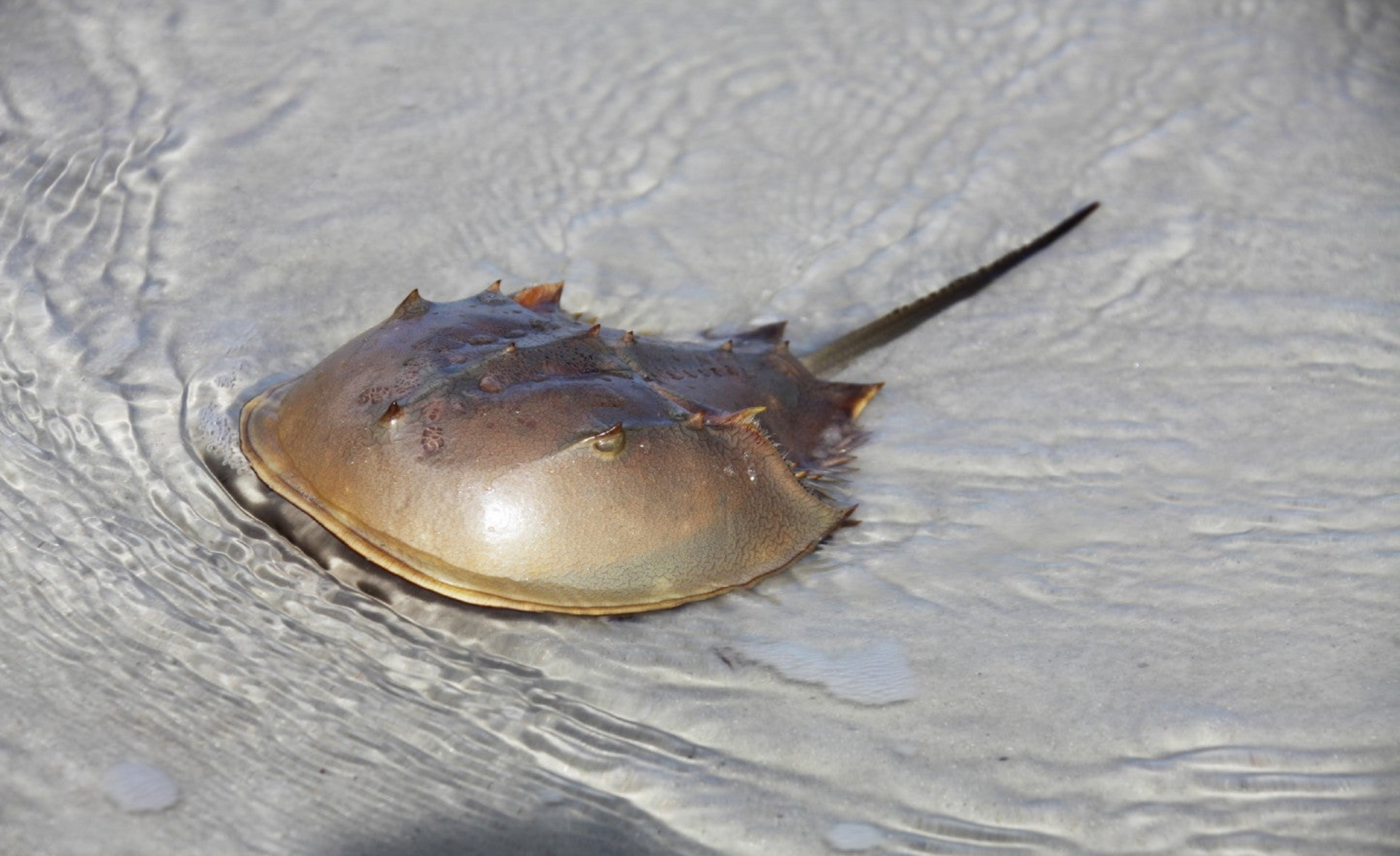
A Keystone Species in Coastal Ecosystems
It’s easy to miss the horseshoe crab’s quiet influence beneath the waves, but its role in nature is huge. Horseshoe crab eggs are a critical food source for many animals, especially migratory shorebirds like the red knot. These birds travel thousands of miles from South America to the Arctic each spring, stopping along coastal beaches to refuel. Without the nutrient-rich horseshoe crab eggs waiting for them along the journey, many wouldn’t survive the trip.
In this way, horseshoe crabs help sustain an entire food web that stretches across continents. Fish, turtles, and other wildlife also rely on their eggs as a seasonal feast. Even the crabs’ empty shells, left behind after molting, provide habitat and shelter for small marine creatures.
By stirring up sand and sediment as they crawl and dig, horseshoe crabs also help aerate the seafloor, keeping coastal habitats healthy and full of life. They’re not just survivors of ancient times — they’re vital contributors to the health of modern ecosystems.

Blue Blood That Saves Human Lives
One of the most extraordinary facts about horseshoe crabs is found in their blood — and yes, it’s bright blue! Unlike human blood, which uses iron to carry oxygen, horseshoe crab blood uses copper, which gives it that striking color.
But it’s not the color that makes it special — it’s what’s inside. Horseshoe crab blood contains a substance called Limulus Amebocyte Lysate (LAL). LAL can detect even the smallest trace of harmful bacteria known as endotoxins. For decades, this property has been used by the medical industry to test vaccines, IV drugs, surgical implants, and medical devicesto ensure they’re safe for human use. In fact, if you’ve ever had a vaccine or medical injection, you’ve likely benefited from a test made possible by the horseshoe crab.
Each year, a portion of the population is gently collected so a small amount of their blood can be drawn for testing purposes before they’re returned to the ocean. However, scientists and conservationists are working to reduce this dependence by developing synthetic alternatives that can replace LAL without using live animals. Several of these alternatives are now showing great promise — a win for both human health and marine conservation.
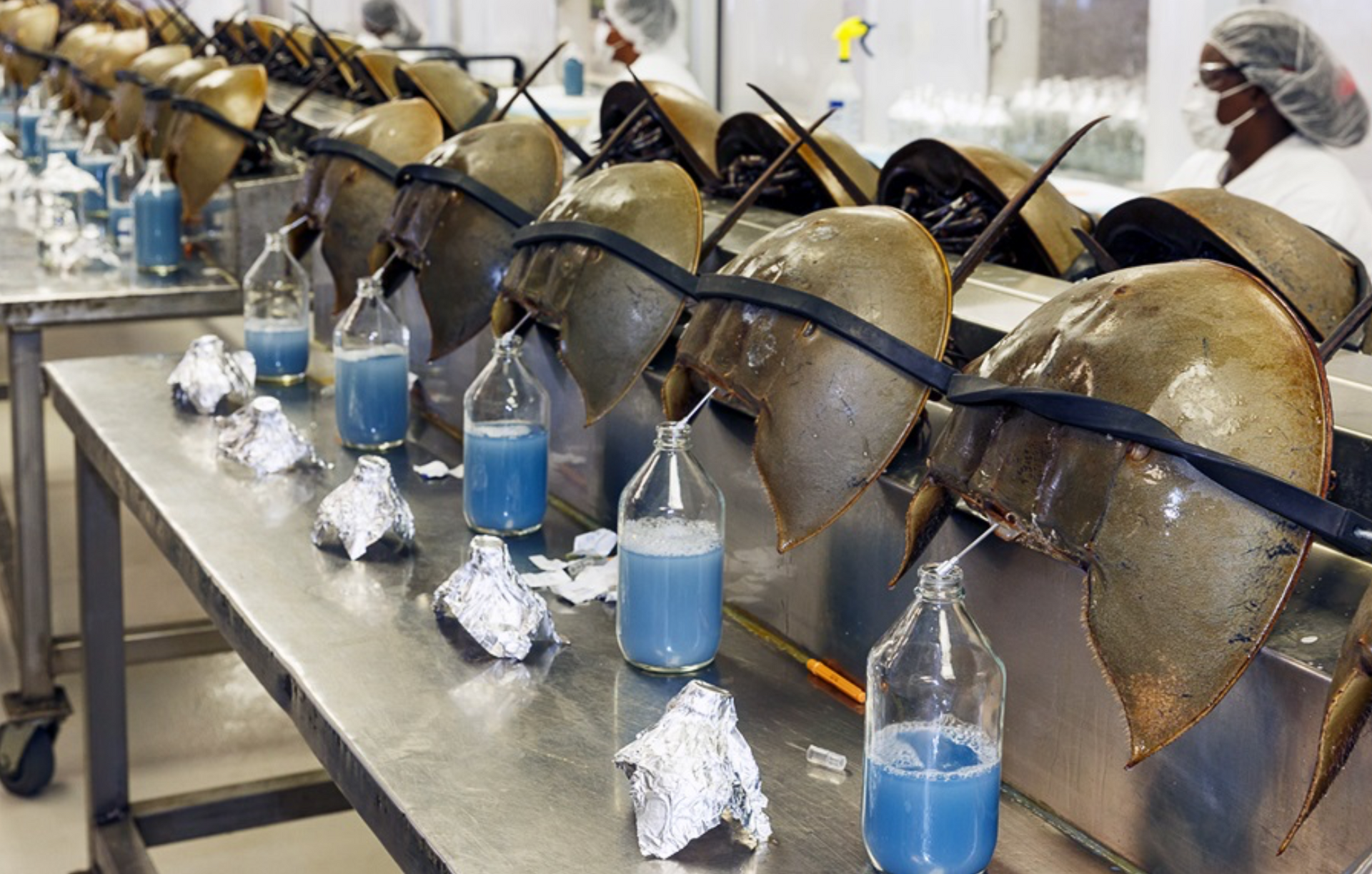
Conservation: Protecting a Prehistoric Friend
Despite their incredible resilience, horseshoe crab populations are declining in some areas. The main threats include habitat loss, climate change, and overharvesting for bait in fisheries targeting eels and whelks. When spawning beaches are developed or disturbed, crabs lose their breeding grounds. Rising sea levels and increasing storm frequency can also wash away these crucial sandy areas.
That’s why conservation efforts are so important. Around the country, scientists and volunteers are monitoring horseshoe crab populations, protecting nesting beaches, and helping stranded individuals return safely to the water. In some states, harvest limits and sanctuaries have been established to ensure populations remain stable.
Here at Lovers Key State Park, we’re lucky to have healthy coastal habitats that support these ancient creatures. By respecting wildlife and staying mindful of our impact, we can help make sure the horseshoe crab’s story continues for generations to come.
